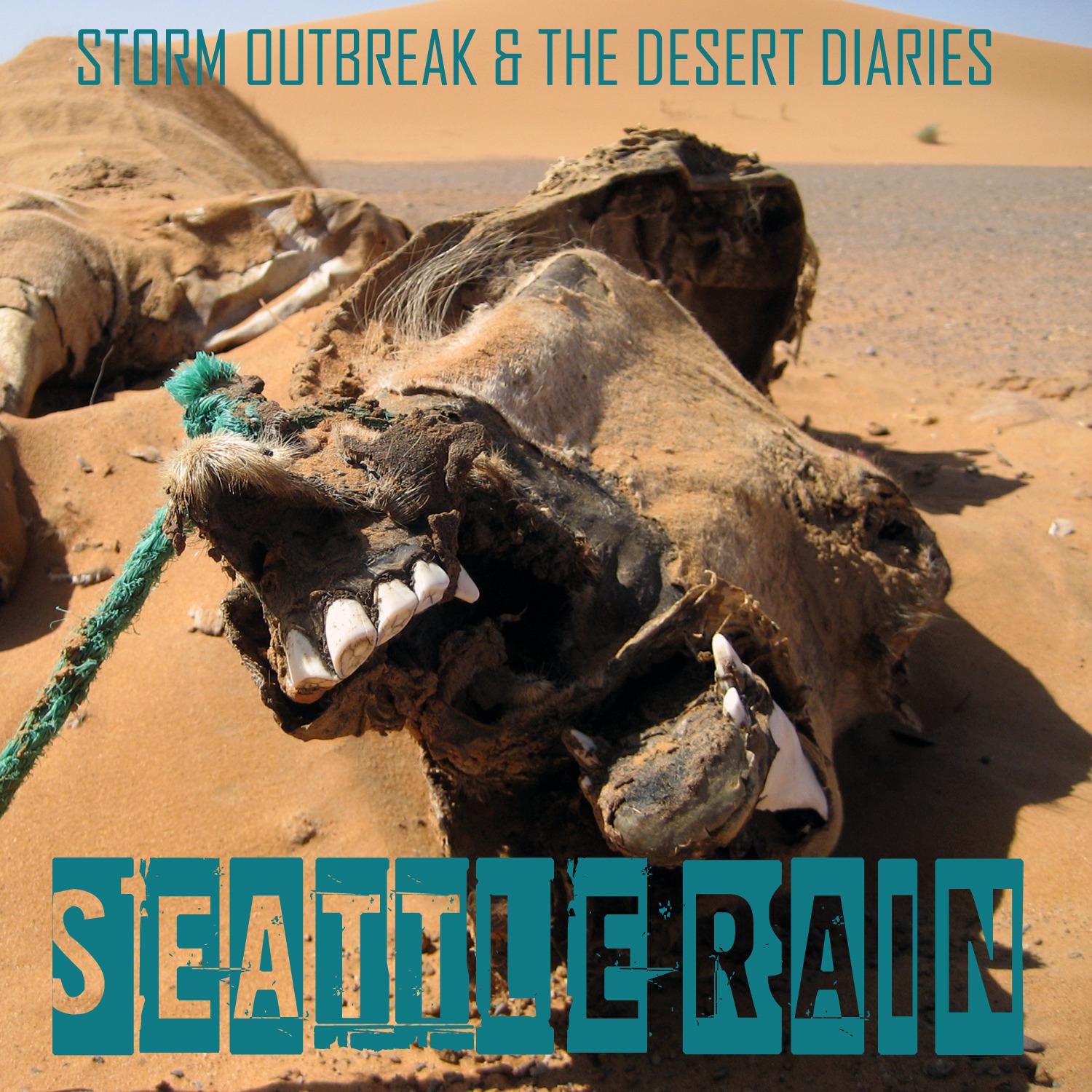Desert Reptile Pets: The Ultimate Guide to Thriving in the Searing Sands
Guide or Summary:Choosing Your Desert Reptile CompanionCreating a Desert Oasis for Your PetNutrition and HydrationHealth and CareChallenges and Consideratio……
Guide or Summary:
- Choosing Your Desert Reptile Companion
- Creating a Desert Oasis for Your Pet
- Nutrition and Hydration
- Health and Care
- Challenges and Considerations
Embarking on a journey into the world of desert reptile pets is akin to setting out on an adventure into a sun-drenched landscape, teeming with life and secrets waiting to be uncovered. This comprehensive guide delves into the fascinating realm of desert-dwelling reptiles, offering insights into their care, habitat requirements, and the unique challenges they present to those who wish to keep them as pets.
Choosing Your Desert Reptile Companion
Selecting the perfect desert reptile as a pet involves careful consideration of your lifestyle, living space, and the specific needs of the species you're interested in. Desert reptiles, such as the famous leopard gecko, sand boa, and the horned viper, each offer a distinct experience and set of care requirements. Researching the unique needs and characteristics of each species is crucial in ensuring that you provide a suitable environment and the necessary care for your new pet.

Creating a Desert Oasis for Your Pet
Housing your desert reptile in an environment that mimics their natural habitat is essential for their well-being. This involves setting up a terrarium or enclosure that provides the right temperature gradients, lighting, and substrate to mimic the desert environment. Desert reptiles typically require temperatures that can vary significantly between day and night, so it's crucial to provide a thermally efficient enclosure to maintain these conditions. Additionally, UV lighting is essential for many desert reptiles to support their vitamin D synthesis, aiding in calcium absorption and overall health.
Nutrition and Hydration
Feeding your desert reptile a balanced diet tailored to their specific nutritional needs is vital for their health and growth. This often involves a combination of insects, rodents, and occasionally vegetables, depending on the species. Ensuring that your reptile has access to fresh water at all times is equally important, as desert reptiles can be susceptible to dehydration.

Health and Care
Regular veterinary check-ups are crucial for maintaining the health of your desert reptile pet. These check-ups can help detect potential health issues early on and ensure that your pet receives any necessary vaccinations or treatments. Additionally, monitoring your reptile's behavior and health indicators, such as appetite and activity levels, can provide valuable insights into their overall well-being.
Challenges and Considerations
Keeping desert reptile pets comes with its own set of challenges, including the need for specialized care, the potential for handling aggression, and the importance of providing a stimulating environment. Understanding these challenges and being prepared to address them is essential for ensuring a successful and rewarding pet ownership experience.

In conclusion, embarking on the journey of desert reptile pet ownership is an enriching experience that offers a unique glimpse into the world of these fascinating creatures. By providing a suitable environment, understanding their specific needs, and being prepared to address the challenges that come with pet ownership, you can create a thriving and rewarding relationship with your desert reptile companion. Whether you're a seasoned reptile enthusiast or new to the world of desert-dwelling pets, this guide is your essential companion on this exciting adventure.